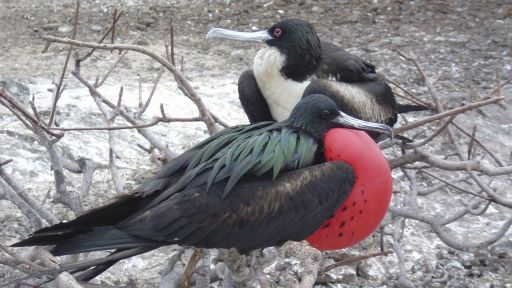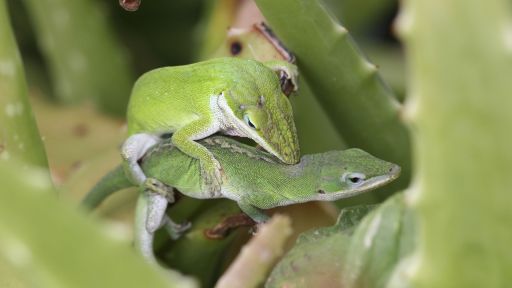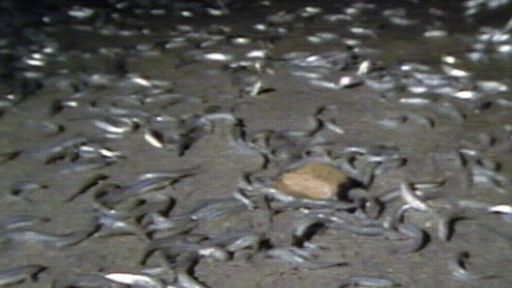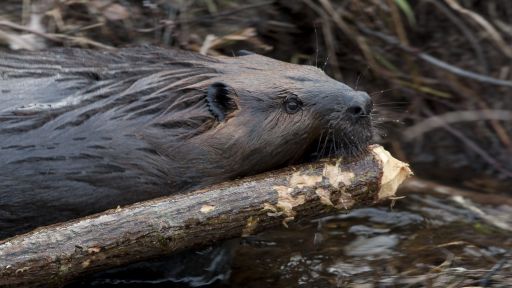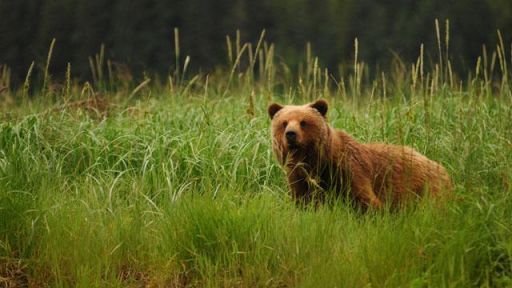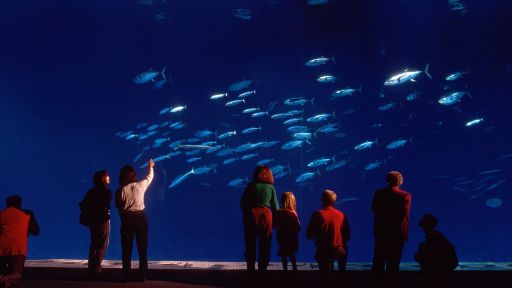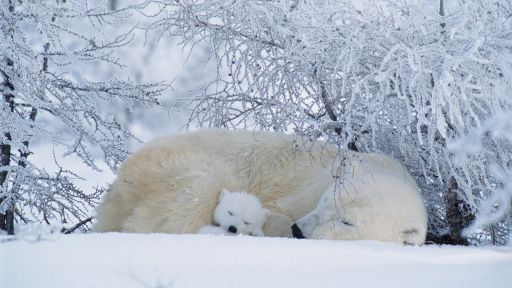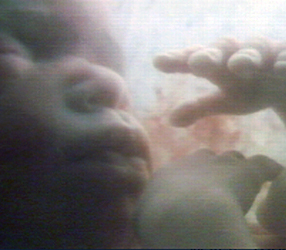 Was it his eyes or hair? Was it her nose or smile? People don’t always know what attracted them to a potential mate. But it is certain that the roots of that attraction reach far back into the human past, when our ancestors were foraging across some African plain. As explained in SEX AND THE HUMAN ANIMAL, Part 4 of NATURE’s THE NATURE OF SEX, our sexual behavior evolved to improve the odds that our offspring would survive to have their own children.
Was it his eyes or hair? Was it her nose or smile? People don’t always know what attracted them to a potential mate. But it is certain that the roots of that attraction reach far back into the human past, when our ancestors were foraging across some African plain. As explained in SEX AND THE HUMAN ANIMAL, Part 4 of NATURE’s THE NATURE OF SEX, our sexual behavior evolved to improve the odds that our offspring would survive to have their own children.
Nobody knows exactly what these proto-human societies were like. But we can gather some hints from still-living relatives, such as chimpanzees. Like humans, they live in family groups. And, like humans, they can spend years nurturing a newborn to maturity. But when it comes to sex, there are some key differences. Most importantly, female chimps mate just every few years, when they are fertile, a fact they widely advertise to males with bright red genitalia. Attracted and aroused by the sight, male chimps will crowd around the female, competing to copulate as often as possible. In contrast, it isn’t obvious to men when women are fertile.
This change may have helped forge closer bonds between women and their male partners — cooperation that may have been key to successfully raising kids. The general idea is that since men didn’t know exactly when women were ready to conceive, they hung around in a bid to improve their odds of becoming fathers. And to maintain a male’s interest, human females may have evolved other attractions, such as curvaceous breasts. Human females, in fact, are the only primate to have permanently swollen breasts — a significant attraction for males evolved to equate swollen breasts with fertility. That ancient biological history may help explain today’s continued fascination with cleavage among both men and women.
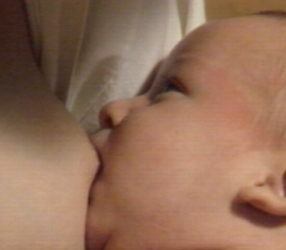 Men have also evolved assets designed to attract a mate. Large muscles, for instance, may have once signaled a man’s prowess as a hunter and defender. But strength alone probably wasn’t enough to attract and keep a mate. To be successful, men also had to show that they had the smarts to be creative and dependable providers, clever enough to find food and shelter for their families in an often hostile environment.
Men have also evolved assets designed to attract a mate. Large muscles, for instance, may have once signaled a man’s prowess as a hunter and defender. But strength alone probably wasn’t enough to attract and keep a mate. To be successful, men also had to show that they had the smarts to be creative and dependable providers, clever enough to find food and shelter for their families in an often hostile environment.
Today, physical attributes such as muscles and breasts may have little meaning in modern societies where most people work in offices and limit their foraging to the local grocery store. But they still hold powerful sex appeal, a fact not lost on advertisers who use bikini-clad supermodels and ripple-chested jocks to sell everything from cars to dish detergent. Sex, it seems, has long been a best-seller.



